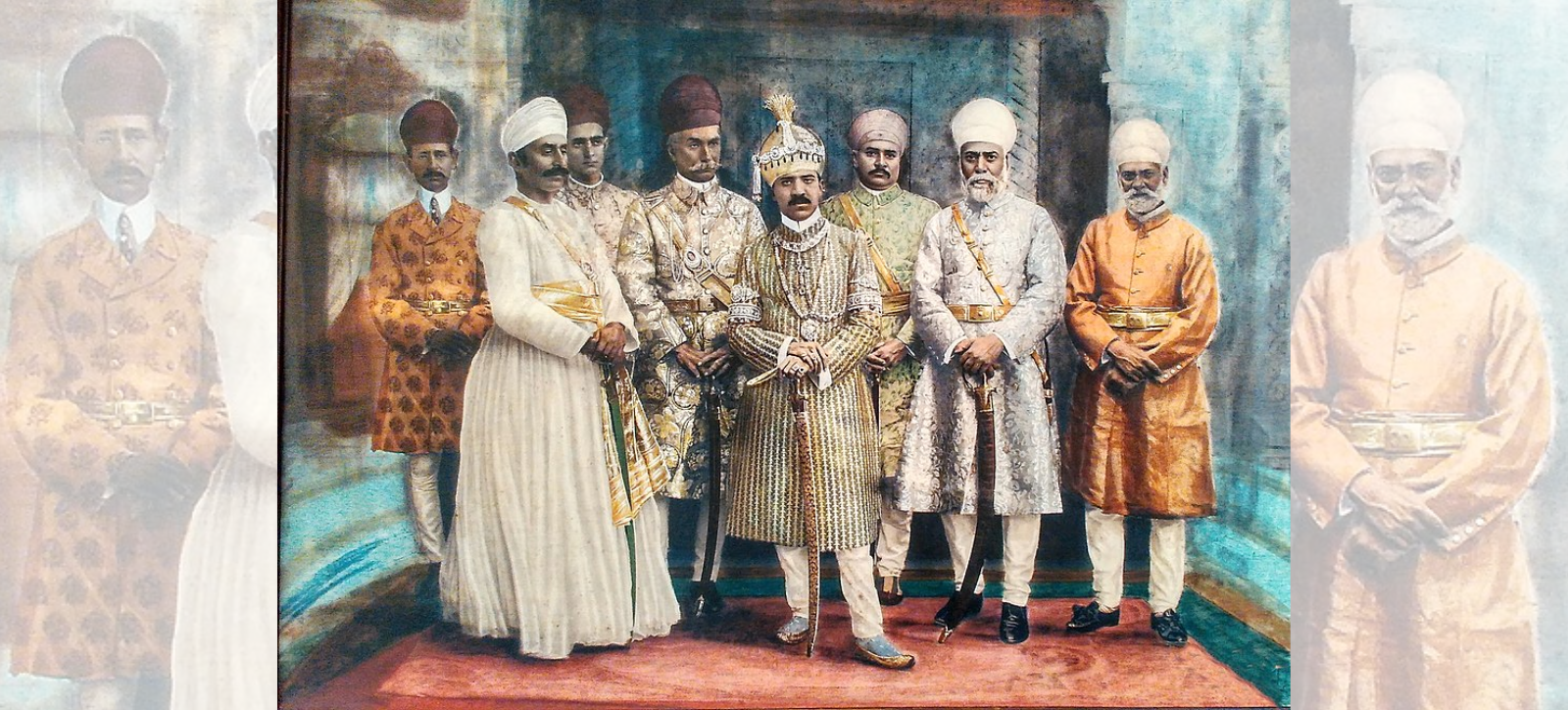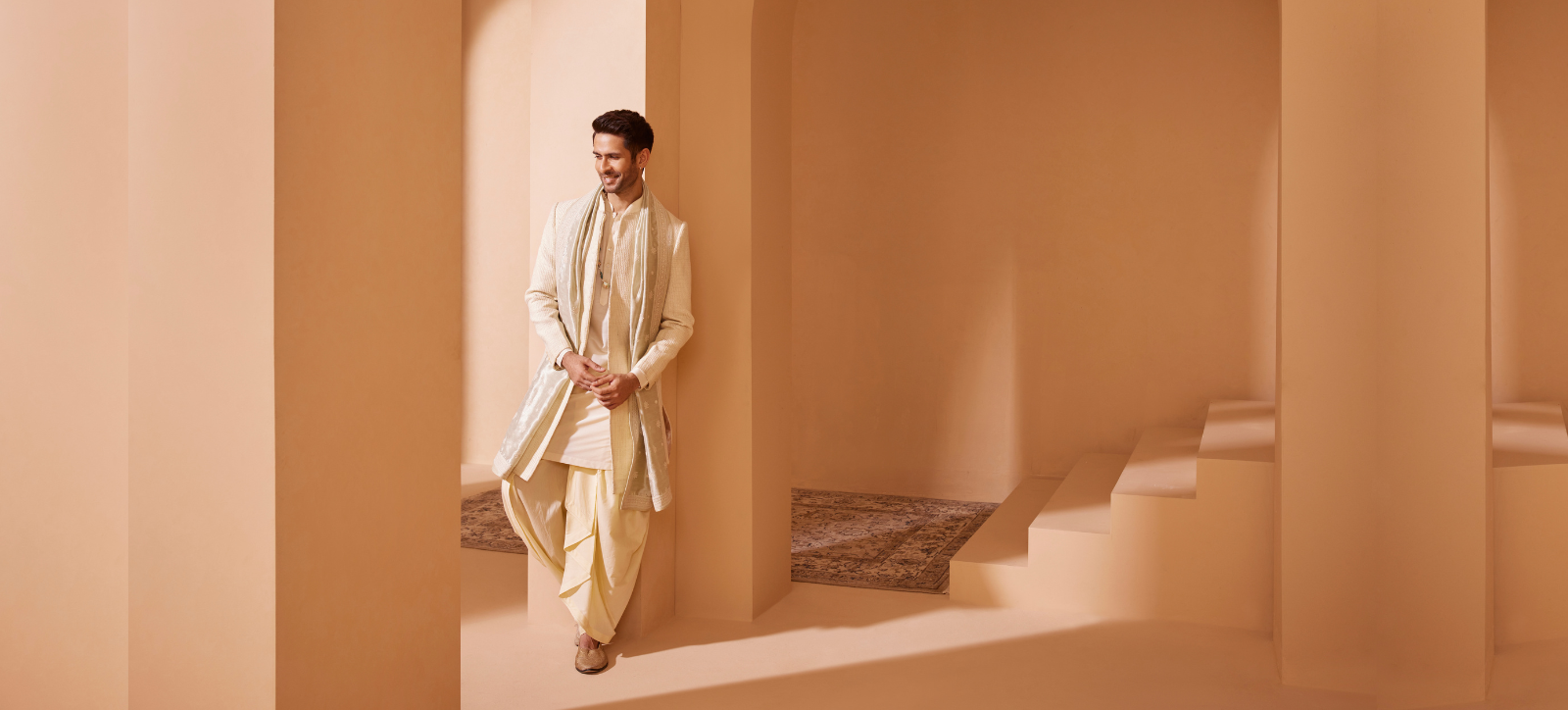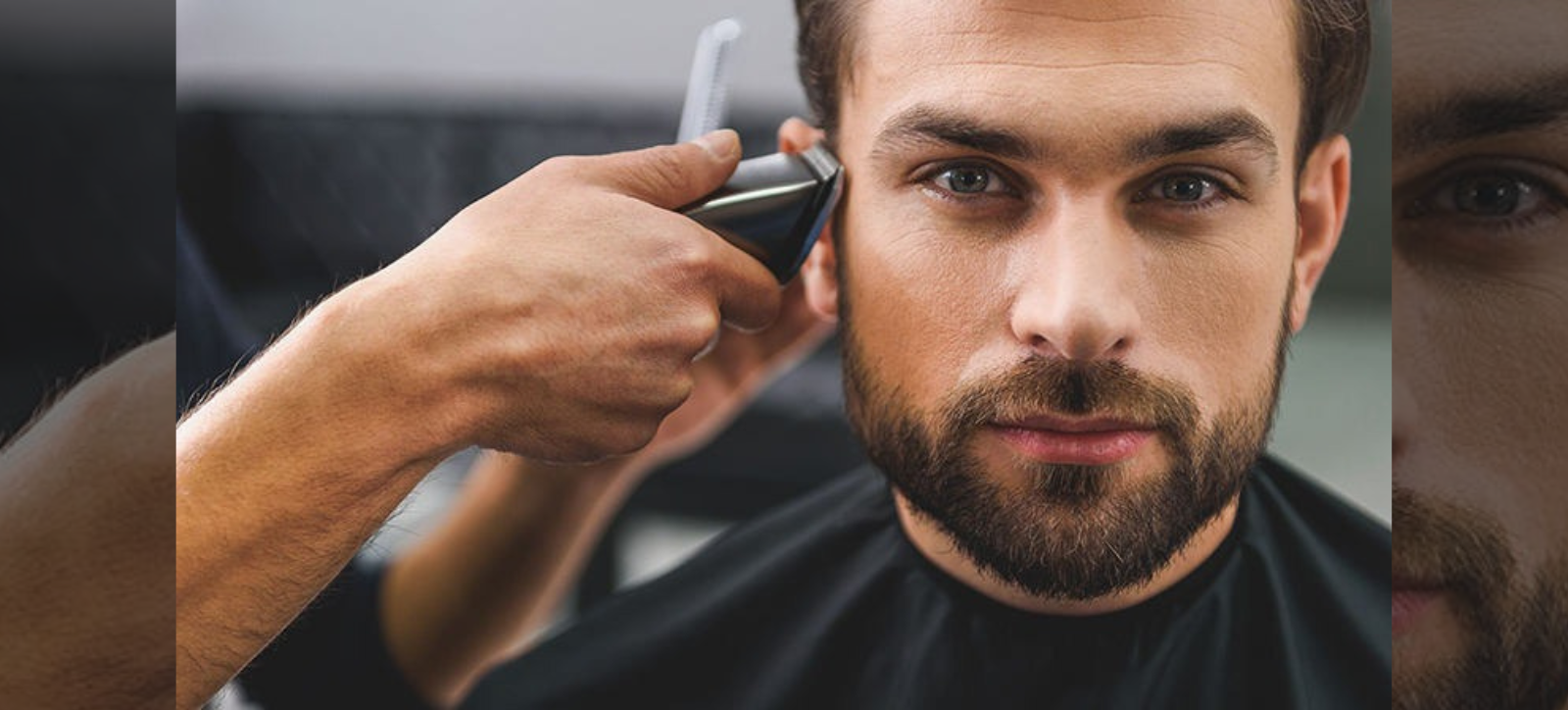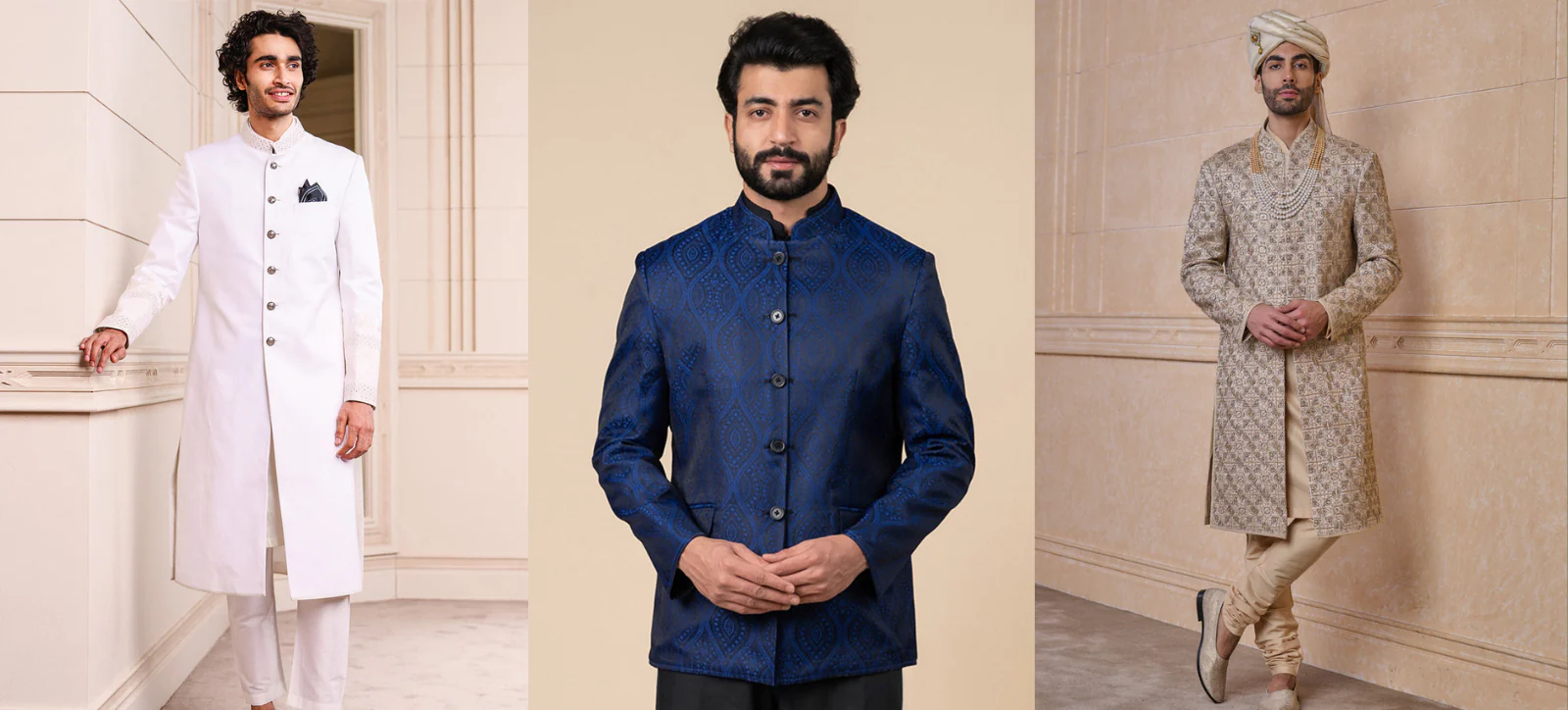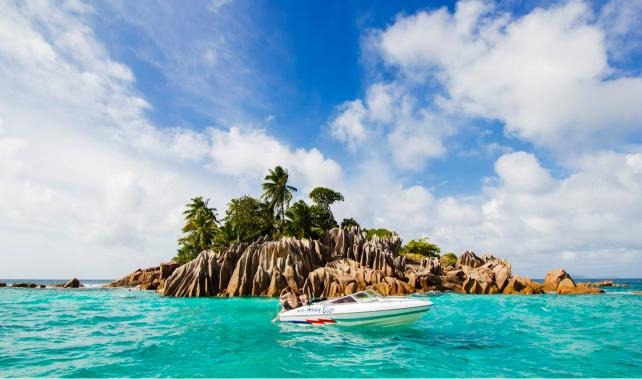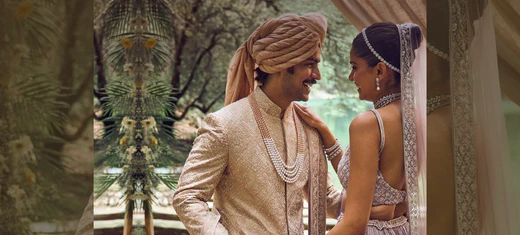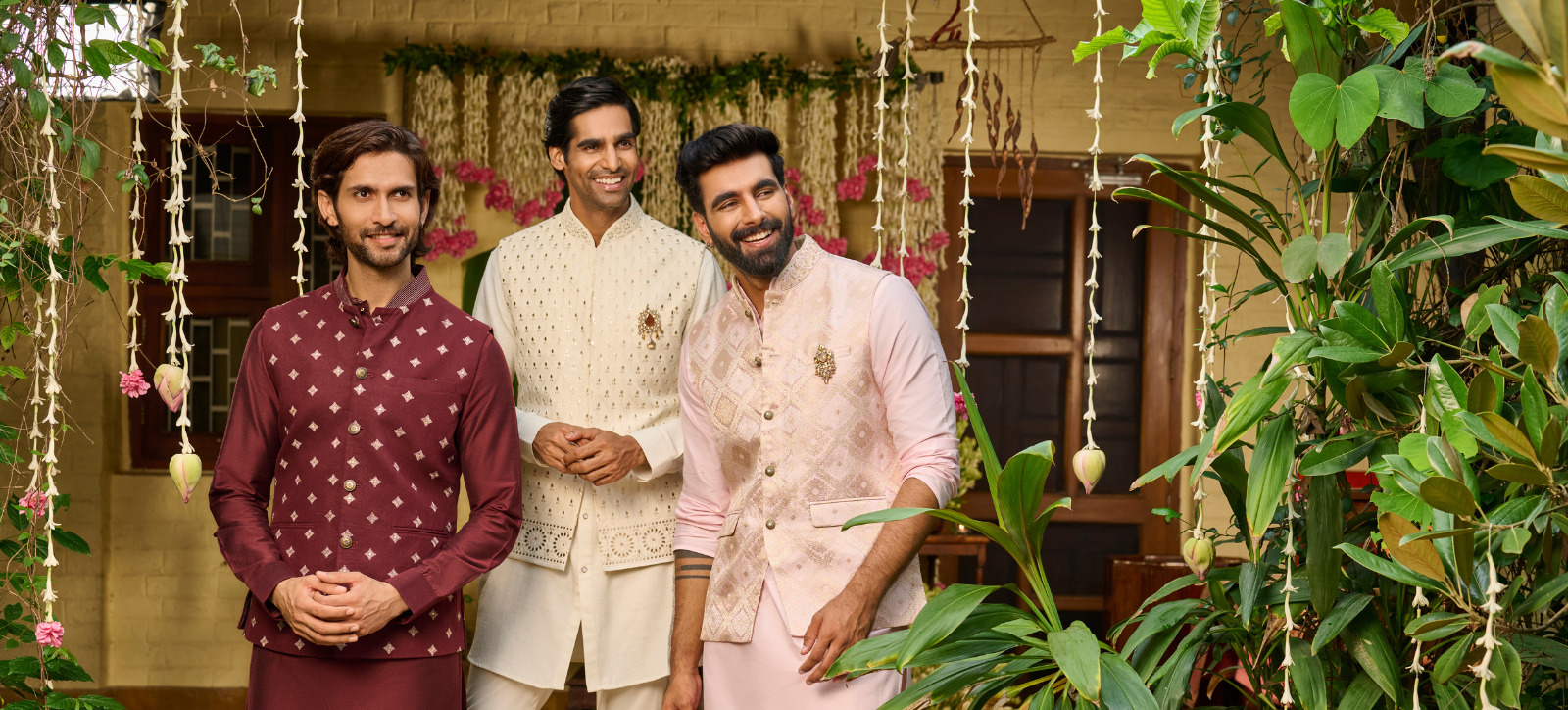Explore the rich history of the sherwani, a regal garment that evolved from royal courts to modern wedding aisles. This blog explores its origins, cultural significance, and enduring elegance in South Asian fashion.
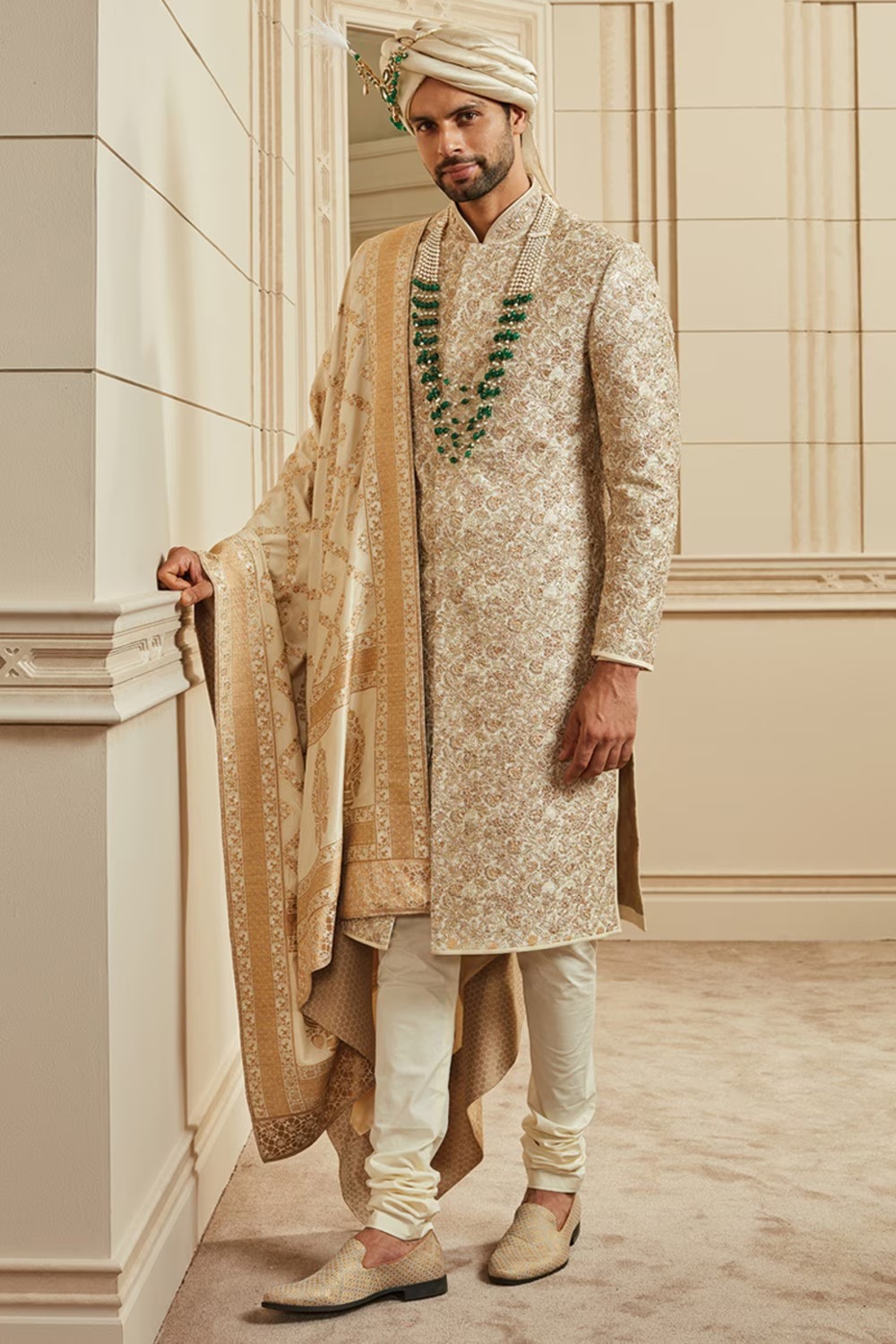
The sherwani is not just a garment—it is a tapestry of tradition, cultural evolution, and regal legacy stitched into elegant threads. Worn today by grooms, dignitaries, and style-conscious men across South Asia, the sherwani has traversed centuries, from imperial courts to contemporary runways. But how did this iconic outfit become a symbol of sophistication and masculinity in the Indian subcontinent? Let’s dive into the fascinating history of the sherwani.
Origins: The Persian and Central Asian Influence

The roots of the sherwani can be traced back to the Persian and Central Asian cultures, which greatly influenced the Indian subcontinent during the medieval period. In the 12th and 13th centuries, when the Delhi Sultanate was established by Turkic and Afghan rulers, a wave of Persianate culture swept through northern India. Nobles and royals wore long coats and tunics known as ‘kaba’, ‘jama’, or ‘angarkha’, layered with rich fabrics, belts, and sometimes armour.
The sherwani as we know it did not yet exist, but these early garments set the stage for its development. The idea of a long coat worn over a tunic and churidar (fitted trousers) became popular among aristocrats and gradually evolved in style.
Mughal Era: A Step Toward Refinement
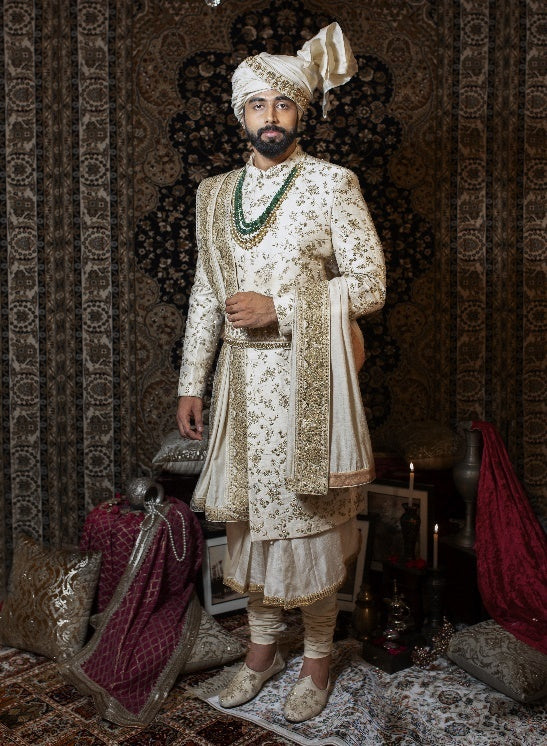
During the Mughal era (1526–1857), royal fashion experienced a golden age. The emperors were connoisseurs of art, architecture, and clothing. They favored elaborate, embroidered robes called ‘achkans’ and ‘jamas’, which bore similarities to the sherwani in terms of form but were usually more flared and flowy.
The Mughals also brought with them a distinctive courtly elegance that blended Persian aesthetics with Indian textiles. Fabrics such as silk, brocade, jamawar, and muslin were richly used. The achkan, often mistaken for the sherwani, was a precursor—long, buttoned up to the neck, and tailored to fit the body. Over time, the achkan became popular among the nobility and was eventually refined into a more structured, formal garment: the sherwani.
The Birth of the Sherwani: 19th Century British India
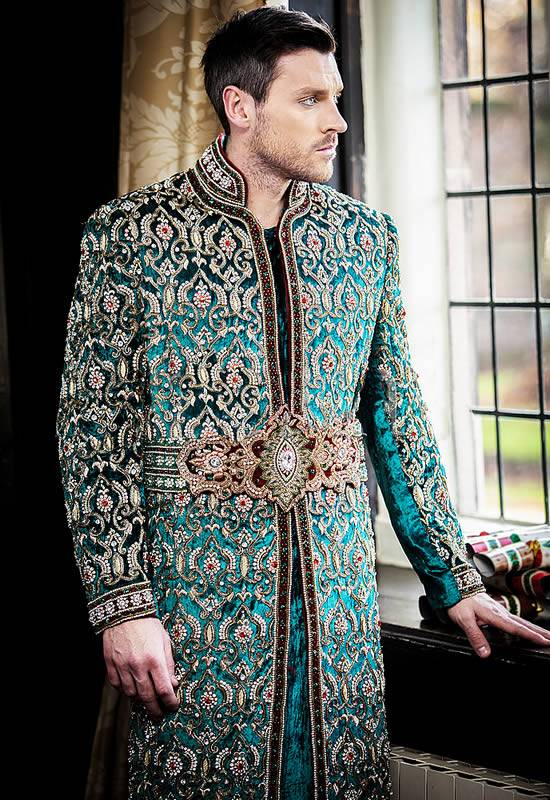
The sherwani, as a distinct garment, emerged in the 19th century during the British colonial rule in India. As Indian aristocrats began interacting with British officials, there was a need for an outfit that bridged the gap between Western formal wear and Indian tradition.
The sherwani was born as a fusion of the British frock coat and the Mughal achkan. It retained the long, straight cut and buttoned front but featured a more structured silhouette, like a coat. It was designed to be worn over a kurta or tunic, along with churidar or salwar trousers.
During this time, the sherwani became a symbol of nobility and respectability among Indian men. It was adopted by the zamindars (landowners), nawabs (noblemen), and courtiers as a mark of elite status. It became the ceremonial dress for formal events and gatherings.
Post-Independence and National Identity
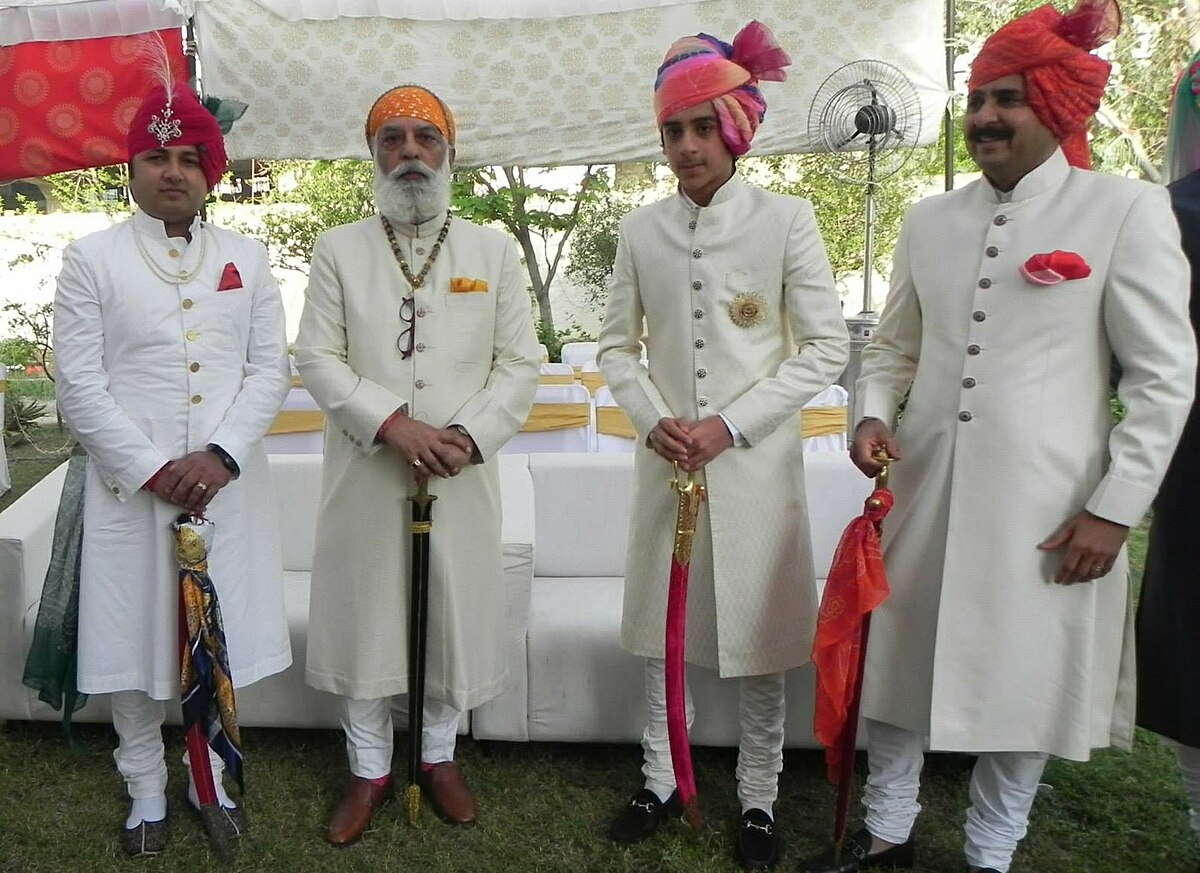
After India gained independence in 1947, the sherwani took on new cultural and political significance. One of the most iconic figures to embrace it was Jawaharlal Nehru, India’s first Prime Minister. Though Nehru often wore the Nehru jacket, a shorter version with a Mandarin collar, the sherwani became associated with national pride and Indian identity.
In Pakistan, which was formed during the partition of British India, the sherwani became the national dress for men. Pakistan’s founder, Muhammad Ali Jinnah, famously wore it, contributing to its stature as a symbol of leadership and nationalism. To this day, it is worn by Pakistani politicians on formal occasions.
The Modern Sherwani: From Weddings to Runways
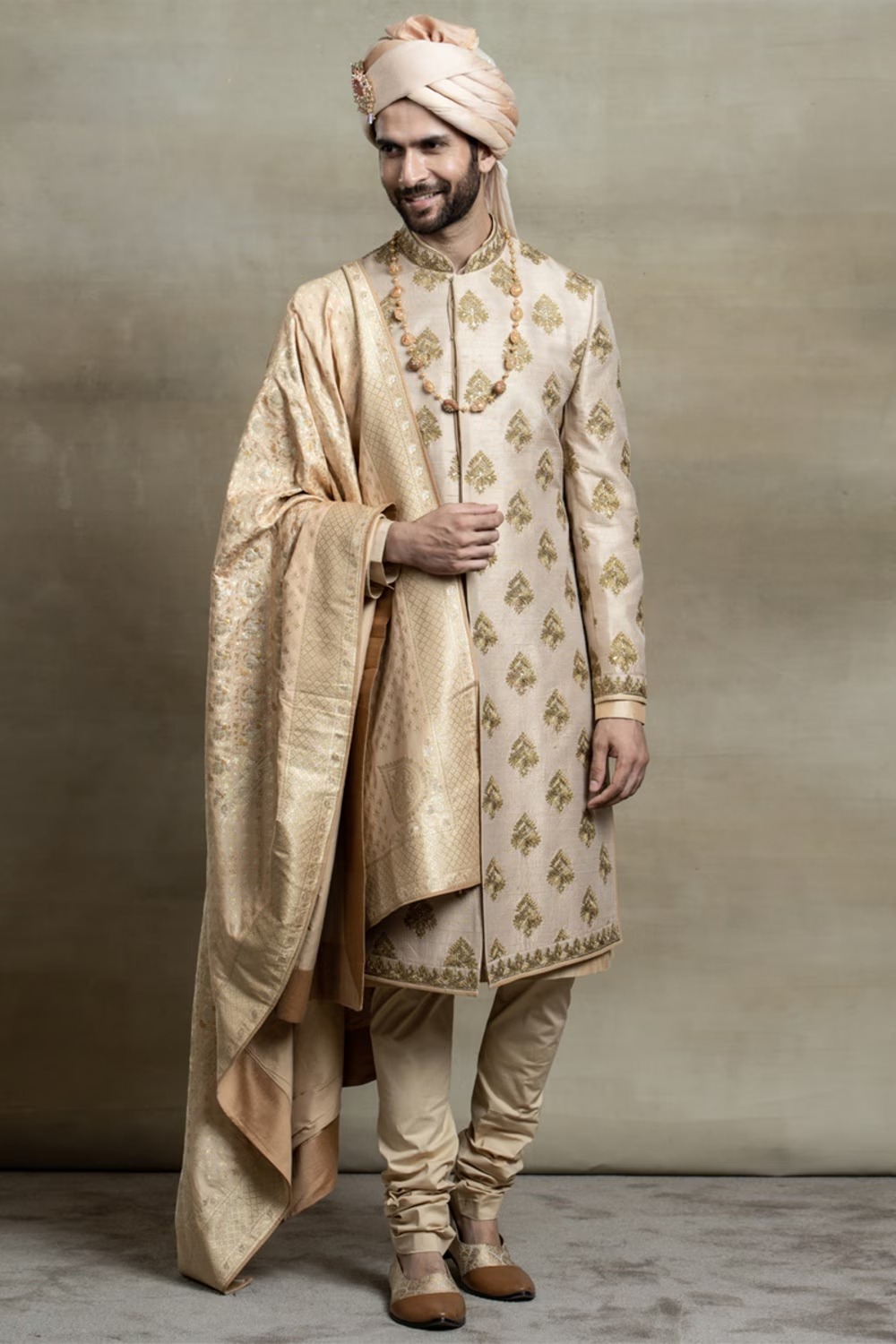
In contemporary times, the sherwani has transcended its aristocratic and political roots to become a staple of ceremonial and wedding attire, especially in India, Pakistan, and Bangladesh. It is often the outfit of choice for grooms, worn on their wedding day to represent royalty and tradition.
Today’s sherwanis are a blend of traditional craftsmanship and modern fashion. Designers experiment with cuts, embellishments, fabrics, and colors to create garments that cater to modern sensibilities while retaining a sense of grandeur. Sherwanis are now adorned with:
- Intricate embroidery (zari, zardozi, resham, or mirror work)
- Rich fabrics (silk, velvet, brocade, and jamawar)
- Regal accessories (turbans, stoles, mojari shoes, and brooches)
Regional Variations and Influence
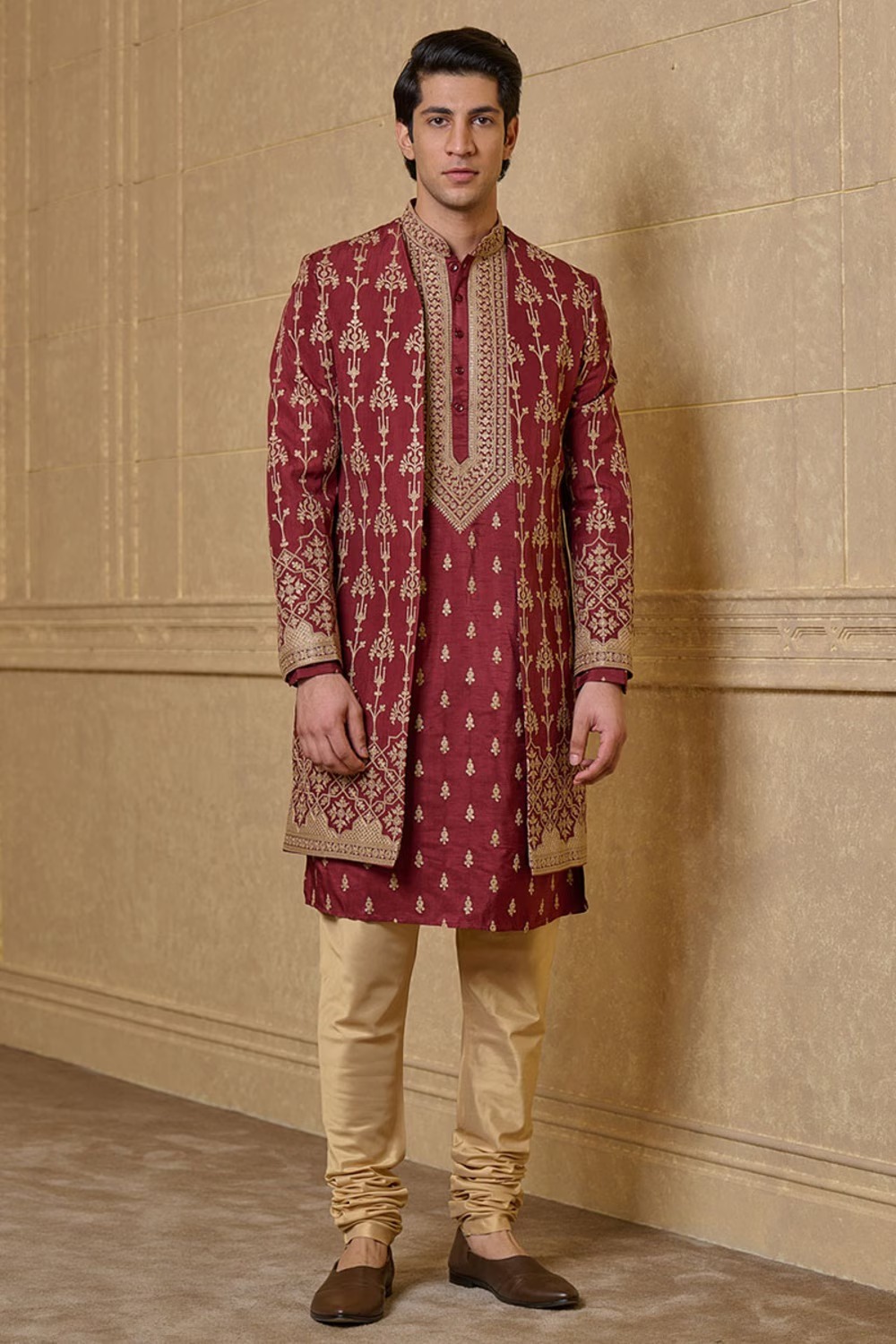
Different regions have given rise to variations of the sherwani, blending local aesthetics:
- Lucknowi Sherwani: Known for its delicate chikankari embroidery and lightweight texture.
- Hyderabadi Sherwani: Often paired with a khara dupatta and traditional jodhpuri shoes.
- Punjabi Sherwani: Richly decorated, often worn with a colourful patiala salwar or churidar.
- Jodhpuri Suit: A close cousin to the sherwani, the Jodhpuri or Bandhgala combines Indian style with Western tailoring.
Symbolism and Cultural Impact
The sherwani has become a symbol of masculine grace, cultural pride, and intergenerational tradition. Wearing a sherwani is often a rite of passage, especially for men stepping into marriage or other significant life events. It connects them to their heritage, their ancestors, and the rich history of the subcontinent.
In Bollywood, the sherwani is frequently seen in period films, weddings, and musical numbers, contributing to its popular image as an outfit of romance, valour, and timeless style.
Conclusion: A Legacy Woven in Fabric
The sherwani is more than just a piece of clothing. It is a historical artefact, a political statement, a ceremonial treasure, and a canvas of creativity. Its journey from the courts of Mughal emperors to wedding halls and fashion weeks is a testament to its enduring appeal and cultural depth.
As South Asia continues to evolve, the sherwani remains a cherished symbol, constantly reimagined, yet rooted in a regal past. Whether it is worn by a groom in Delhi, a diplomat in Islamabad, or a model in Milan, the sherwani continues to tell a story of elegance, identity, and tradition.

